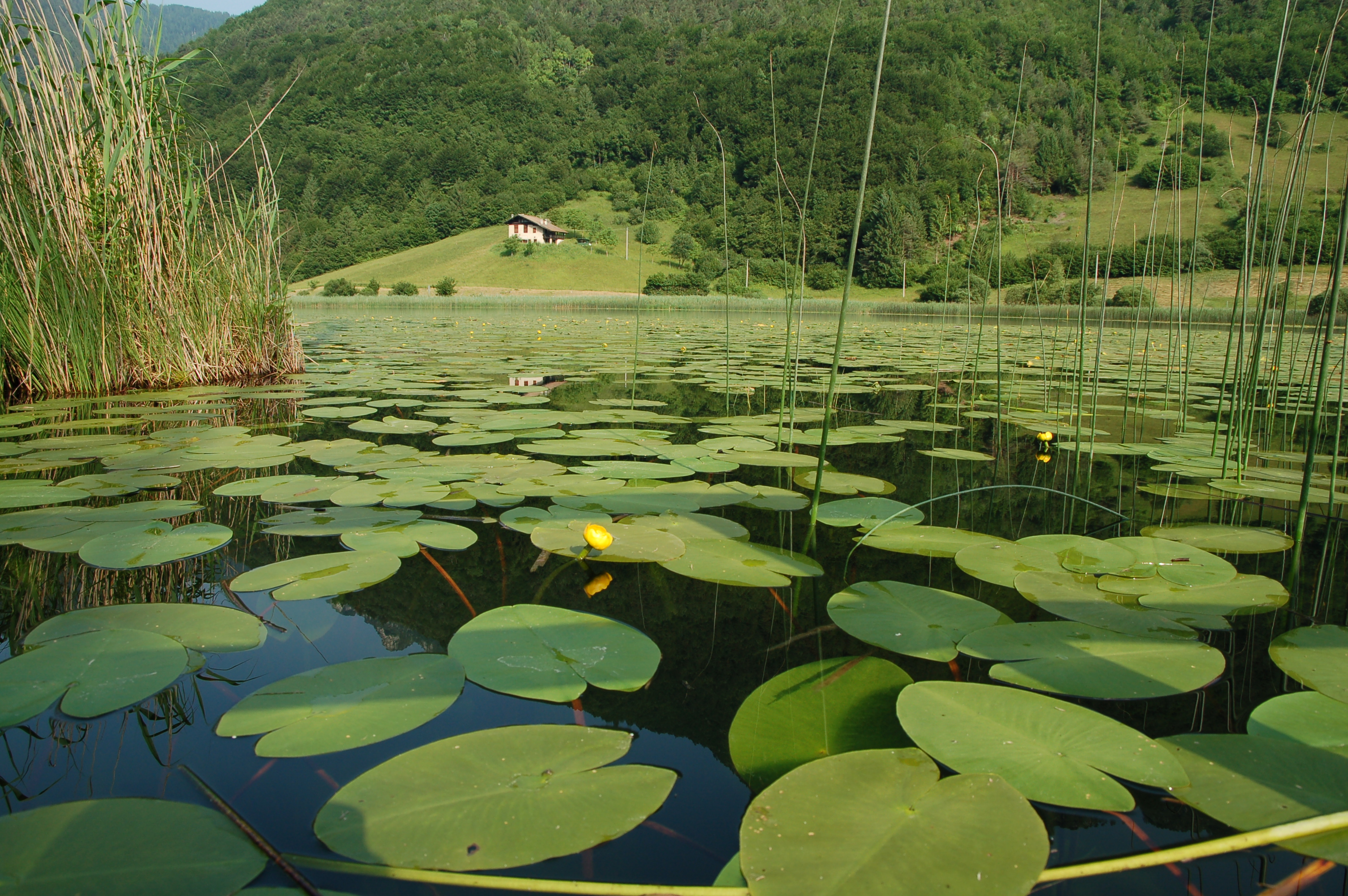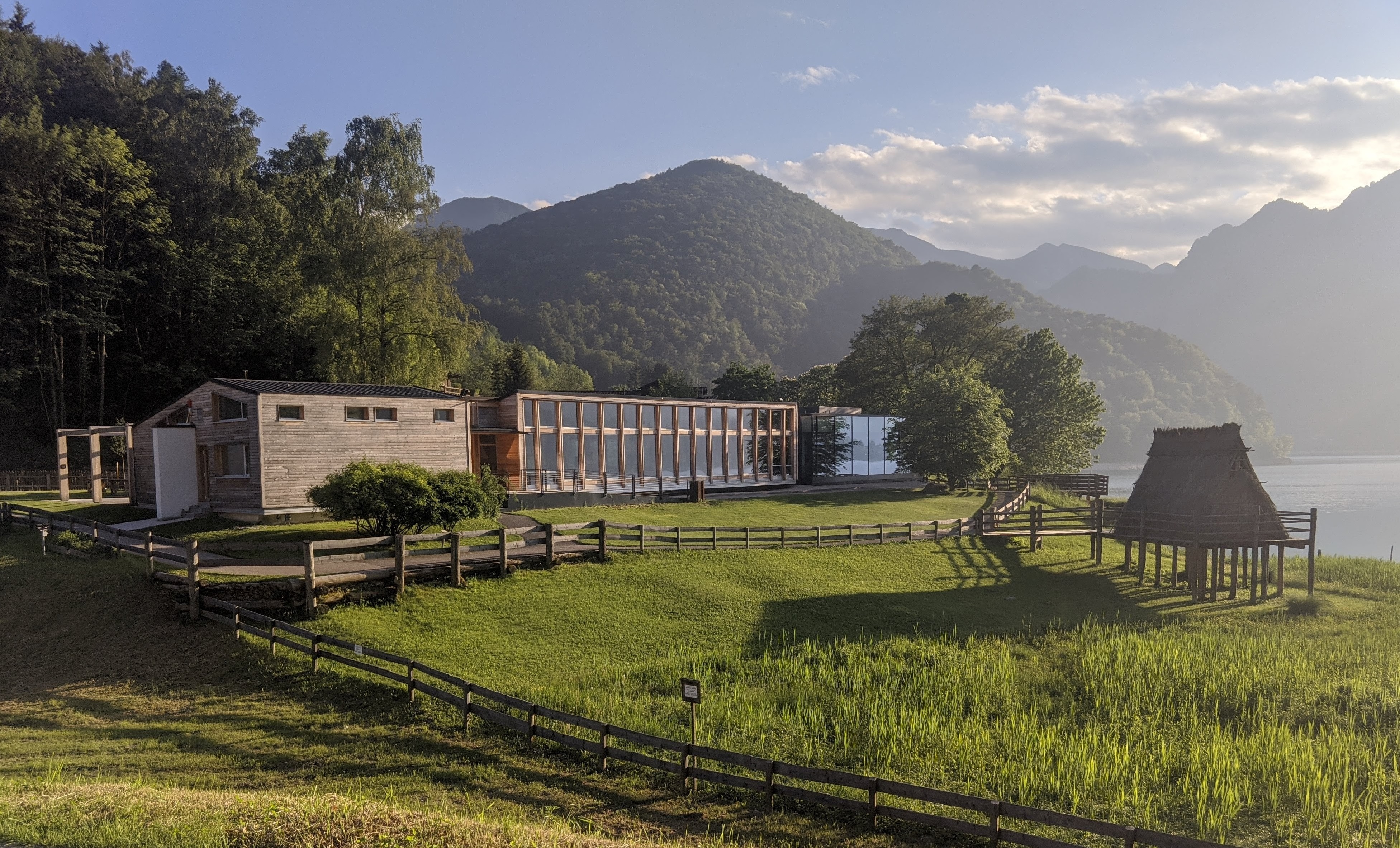


The Pile Dwelling Museum of Ledro is the hearth of the ReLED. The museum was created in ‘72 and its connection to the wider setting began at the same time, when the architect Marcello Piovan was asked to design the museum structure and the wider landscape plan for the area in which the museum is located. The construction was given to local companies and it offered an economic push for the area. The immediate success of the museum, even though at times perceived as foreign in the local context, has been supported since ‘94 by the Museum of Natural Science, today called MUSE.
Since then the museum has boosted local economy in many ways: by attracting tourism from norther Italian schools, promoting activities as part tourism offers, engaging local producers at the museum, restoring municipal structures to provide spaces for activities, engaging with local companies for the reconstructed village and cooperating with local organizations for activities of upkeeping. Other activities also include the inscription of the pile dwelling on the World Heritage list in 2011, the birth of the ReLed, the extension of yearly opening periods and the creation of QBO – a non-museum space (connected to the exhibition floor) dedicated to activities also during the closing time of the museum.
Presiding over an area through a museum requires constant engagement with local actors. It means “making yourself known” as an entity rooted in the territory and flexible towards the development needs of a community. The Pile Dwelling Museum has become something different and broader that has created a sort of stimulating "schizophrenia" that has allowed to work outside the "comfort" into a multidisciplinary, demanding and formative territorial dimension in which fosters "dialogue" among and thinking outside stagnant compartments.
The institutional path followed by the Pile Dwelling Museum of Ledro has brought the museum to look at its surrounding territory. The firsts visits to the museum have activated a virtuous economic cycle that has boosted the interest of local economic actors inside the Valley that have become sponsors of some of the initiatives organized and promoted by the museum. The museum has generated jobs and income making places more attractive and allowing for projects of urban regeneration in cooperation with the local administration.
As a center of creativity innovation and research, the museum has been able to enhance the knowledge and raise awareness on local heritage enabling local fundraising for the creation of events and summer activities. The roots in the wider territorial setting have been enhanced and strengthened through agreements and MoU with local stakeholders, including municipal administration, cooperative credit, private companies, schools.